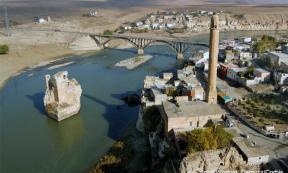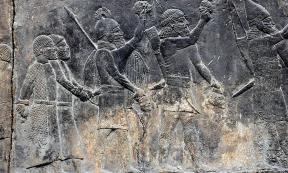Mesopotamian Cities
Welcome to our captivating exploration of Mesopotamian cities, where we delve into the vibrant urban centers that thrived along the fertile banks of the Tigris and Euphrates rivers. Mesopotamia, often hailed as the "Cradle of Civilization," was home to a rich tapestry of cities that formed the foundation of early urban life and played pivotal roles in shaping the development of human civilization.
In this section of our website, we invite you to embark on a journey through the bustling streets and storied history of Mesopotamian cities. From the towering ziggurats to the labyrinthine markets, each city has its unique story to tell, revealing the complexities of governance, culture, and daily life in ancient Mesopotamia.







































